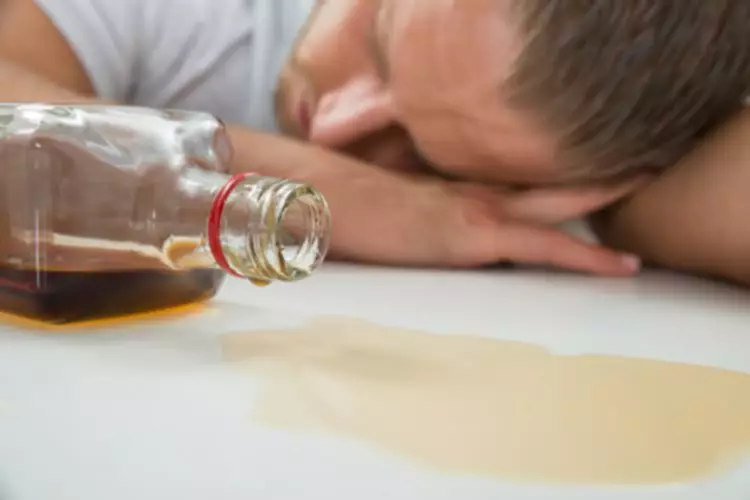
Experts advise speaking is alcoholism considered a mental illness with a healthcare professional to determine the best course of action. They can help you develop a game plan to work through alcohol use disorder and learn skills to prevent or recover from returning to drinking in the future. People may also refer to alcohol use disorder as alcohol abuse, alcohol addiction, alcohol dependence, and alcoholism. Twelve studies reported the prevalence of alcohol consumption among those with and without a CMD, although there was variation in the type of alcohol consumption and CMD assessed and cut‐off scores used (see Table 6). The current systematic review and meta‐analysis had planned to examine the prevalence of alcohol use among those with and without a CMD from different SES backgrounds; however, studies included in this review did not report adequate information. Instead, studies generally reported the overall SES characteristics of the total sample and did not provide the required data stratified by SES.
- The GUI Study received ethical approval from the Research Ethics Committee within the Health Research Board of Ireland (for Wave 1) and the Department of Children, Equality, Disability, Integration and Youth (for Waves 2–4).
- For healthcare professionals who are not mental health or addiction specialists, the following descriptions aim to increase awareness of signs of co-occurring psychiatric disorders that may require attention and, often, referral to a specialist.
- Many studies determine the prevalence of CODs by examining clinical DSM–IV diagnoses or by assessing patients’ scores on research instruments that are well validated and which typically assess type and severity of problems consistent with the criteria used to make DSM–IV diagnoses.
- Clinicians refer to alcohol addiction as alcohol use disorder (AUD) or substance use disorder (SUD).
- Alcohol has a slowing effect (also called a sedating effect or depressant effect) on the brain.
- Therefore, we were unable to explore associations beyond broad mood and anxiety/phobic disorders, including more specific disorders.
Alcohol Use Disorder
While effective prevention and treatment options exist, most people with mental disorders do not have access to effective care. Many people also experience stigma, discrimination and violations of human rights. However, these analyses alone cannot establish causality, as there remains the possibility that the associations we observe represent a persistent “common liability” not fully accounted for by our adjustments 20. Notably, twin studies attempting to disentangle causality have reported conflicting results.
Gypsy Rose Blanchard’s Mother: Unraveling the Mental Illness Behind Dee…
- In addition, clinicians have become more aware of the high prevalence of AOD-use disorders and more skilled at identifying them (Cuffel 1996).
- Differences in associations have also been found for other patterns of alcohol use.
- Even in the absence of clinical trial evidence, however, any reduction in illicit substance use can reasonably be argued as beneficial, entailing less risk of overdose or of infectious disease transmission, less frequent need to obtain an illegal substance with the attendant dangers, and so on10.
- We included peer‐reviewed observational studies, comprising cross‐sectional, national surveys, cohort, prospective, longitudinal and case–control studies published in English.
- Anxiety disorders cause feelings of fear and excessive nervousness that may be disproportionate to stressors or triggers in the environment.
All authors were directly involved in writing, editing, and approving the final version of this paper. To earn AMA, AAPA, ANCC, ACPE, or ABIM MOC credit, review this article, then use the link below to log into or create a CME University account.

Remaining Flexible with Diagnosis and Follow Up
The pooled proportions were then converted to an odds ratio (OR) using the metan command with the DerSimonian & Laird mode in Stata version 16 39. Forest plots and tables were generated to present the pooled prevalence, ORs and 95% confidence intervals (CIs). We conducted a sensitivity analysis by removing studies with the largest and smallest ORs to test the effect on the overall odds of having any AUD among those with a CMD, and publication bias was assessed using the Egger’s test drug addiction 41 and funnel plot.
Bipolar Disorder
In addition to widely recognized 12-step programs with spiritual components such as AA, a number of secular groups promote abstinence as well, such as SMART Recovery, LifeRing, Women for Sobriety, Secular Organizations for Sobriety, and Secular AA (see Resources, below, for links). With repeated use of many central nervous system depressants, such as alcohol, a person becomes physically dependent upon the substance and will exhibit signs of both tolerance and withdrawal. Therefore, the abuse potential of central nervous system depressants is relatively high. Ethanol, which we commonly refer to as alcohol, is in a class of psychoactive drugs known as depressants (Figure 1). Barbiturates and benzodiazepines share in common their ability to serve as agonists of the gamma-aminobutyric acid (GABA) neurotransmitter system. Because gamma-aminobutyric acid (GABA) has a quieting effect on the brain, gamma-aminobutyric acid (GABA) agonists also have a quieting effect; these types of drugs are often prescribed to treat both anxiety and insomnia.


